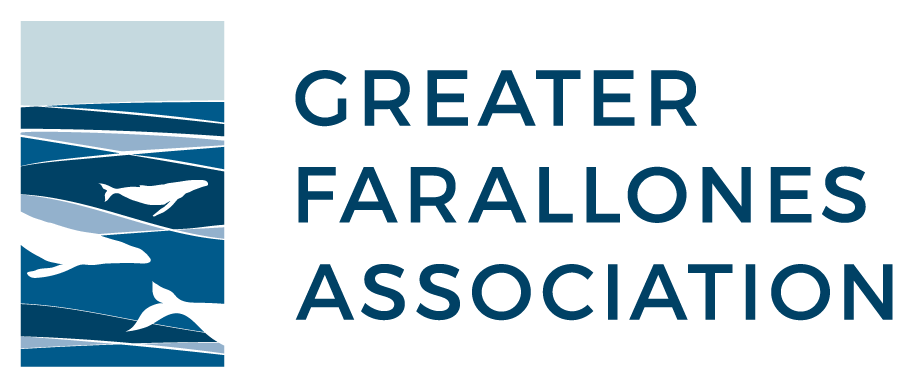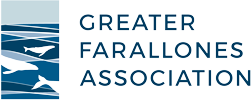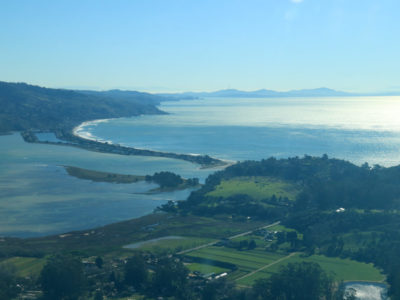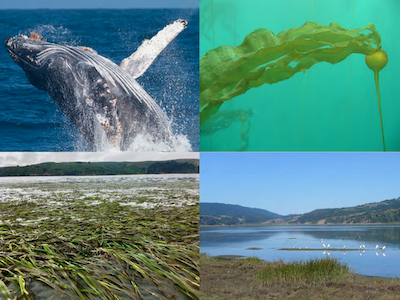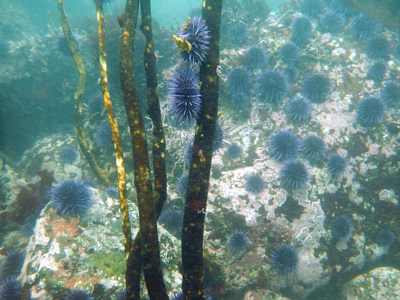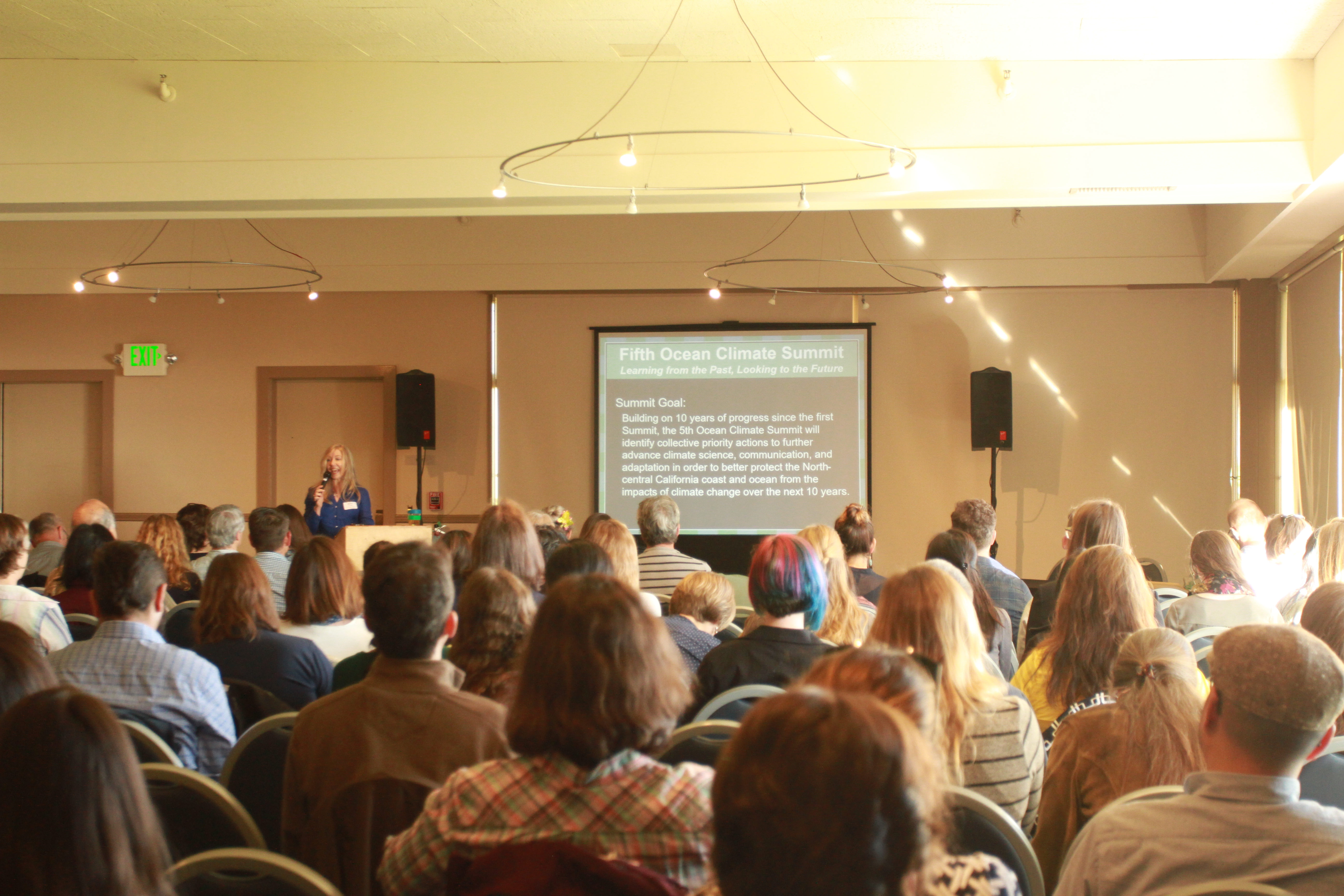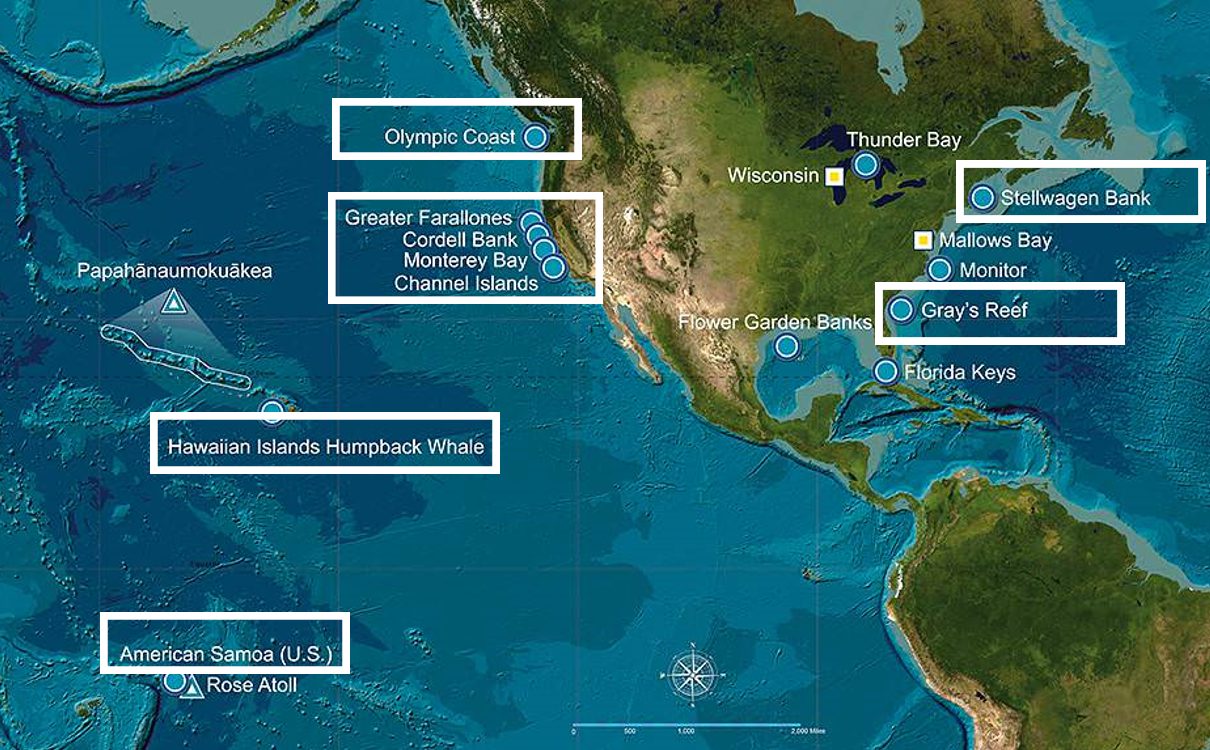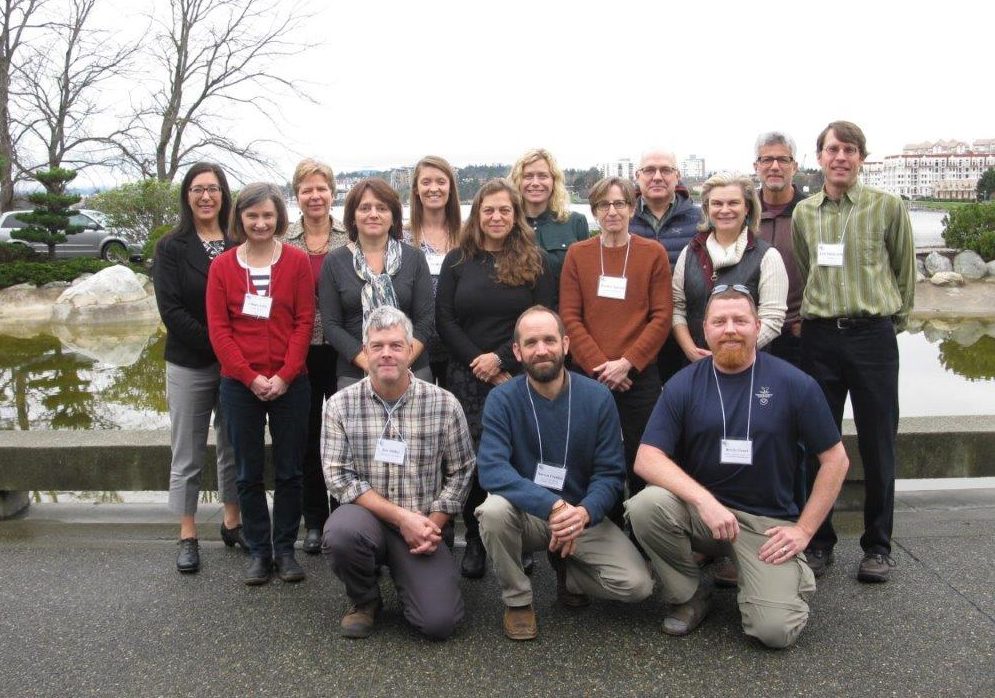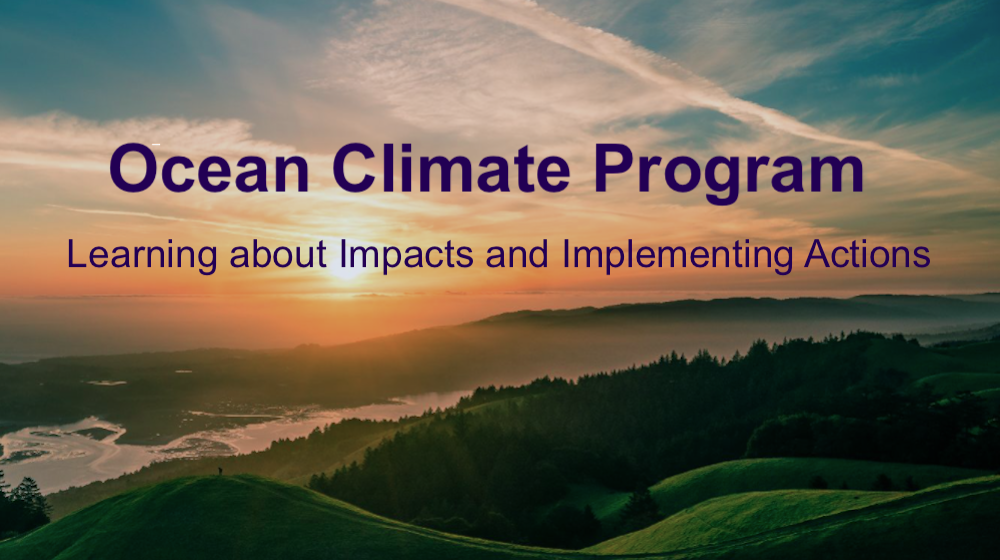The Ocean Climate Program works with Greater Farallones National Marine Sanctuary and Cordell Bank National Marine Sanctuary to build a North-central California coast and ocean more resilience to climate change impacts through research, action, collaboration, and leadership, while implementing and promoting best practices in climate-smart conservation. Tour the Ocean Climate Program Storymap to learn about the program’s activities and accomplishments from studying climate impacts to implementing science-informed action.
Ocean Climate Program
Climate-Smart Conservation
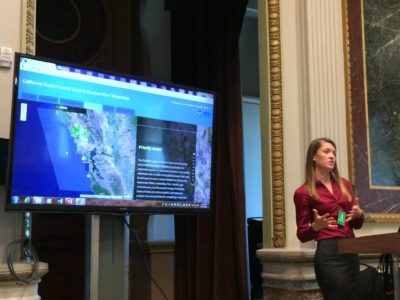
The Climate-Smart Conservation initiative integrates climate considerations into all aspects of Sanctuary management. The Climate Adaptation Plan, the first of its kind within the National Marine Sanctuary System, prepares managers for the impacts of climate change to Sanctuary resources to ensure long-term viability of this productive and unique region.
Sediment Management
In 2018, the Greater Farallones National Marine Sanctuary Advisory Council detailed sediment management recommendations for 14 sites along the outer coast of Sonoma and Marin counties in an effort to ensure climate-informed coastal management of this region. With funding from the Ocean Protection Council, the Ocean Climate Program developed a Coastal Resilience Sediment Plan to provide a comprehensive and collaborative approach to climate-informed sediment management along the North-central California coast.
Blue Carbon
Greater Farallones Association’s Advancing Blue Carbon Understanding and Management in Marine Protected Areas project works to advance our understanding of the role blue carbon plays in the global carbon cycle and reduce atmospheric carbon and build ecosystem resilience through protecting and enhancing blue carbon habitats and processes within Greater Farallones and Cordell Bank National Marine Sanctuaries and other MPAs worldwide.
Capacity-building
Regional
Building capacity within the North-central California region is a priority for the Ocean Climate Program. Every 2-3 years since 2008, when the Program was founded, the Sanctuary and Association have partnered to convene the Ocean Climate Summit, a regionally-focused event that brings together scientists, managers, educators, policy-makers and more to discuss the latest climate science and adaptation responses. Learn more about past Summits and about the latest 2019 Summit. The Program also held a climate-smart conservation training in 2016 for regional colleagues, and helped convene a Living Shorelines Workshop in April 2019 for restoration practitioners, engineers, and policy-makers to inform the use of living shorelines in the region.
National
Greater Farallones National Marine Sanctuary has been designated by the Office of National Marine Sanctuaries as a “Center for Collaboration” on climate change. The Sanctuary fulfills this designation through the Ocean Climate Program by building capacity for other Sanctuary sites on climate vulnerability assessments and adaptation and by working with headquarters staff to advance climate adaptation across the Sanctuary system. To date, the Program has provided climate capacity-building trainings for seven Sanctuary sites to broaden the reach of climate work across the Sanctuary system.
International
The Commission for Environmental Cooperation has provided funding to the Association through a contract with EcoAdapt to develop multiple capacity-building tools for an international audience. Working with MPA managers and experts from across the US, Mexico and Canada, the Greater Farallones Climate Program developed the North American Marine Protected Area Rapid Vulnerability Assessment tool and The Climate Adaption Toolkit for Marine and Coastal Protected Areas, including over 100 climate adaptation strategies with accompanying case studies. These resources make planning for the impacts from climate change simple and feasible for marine protected area managers.
